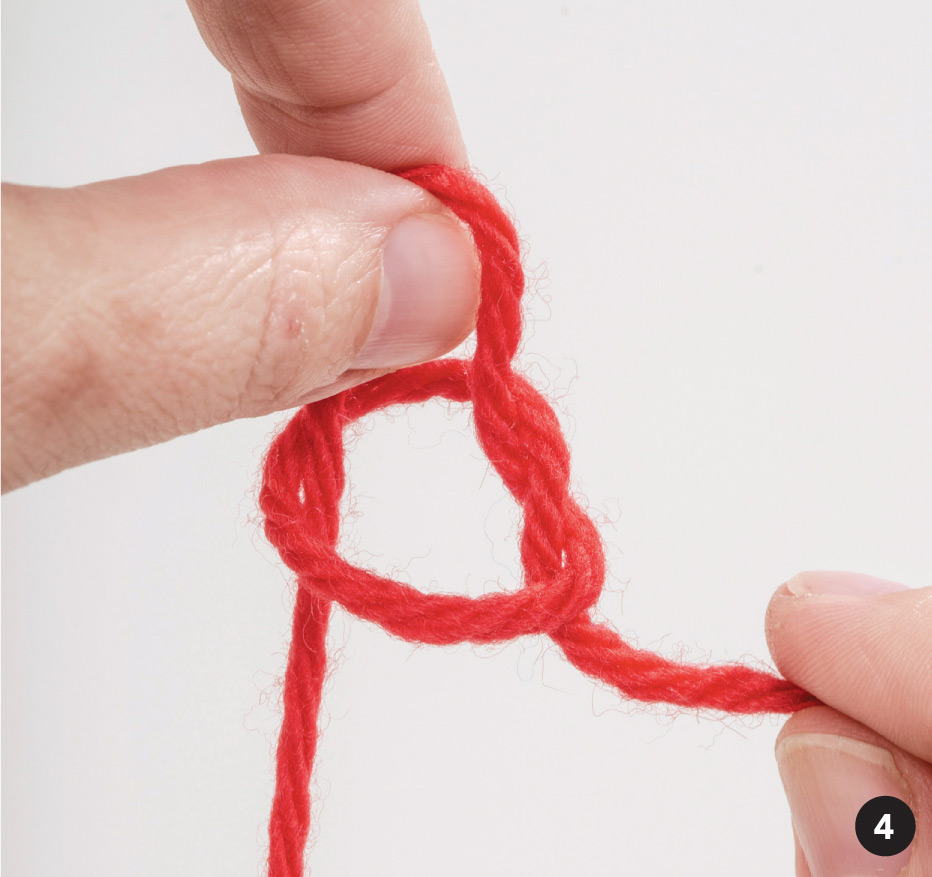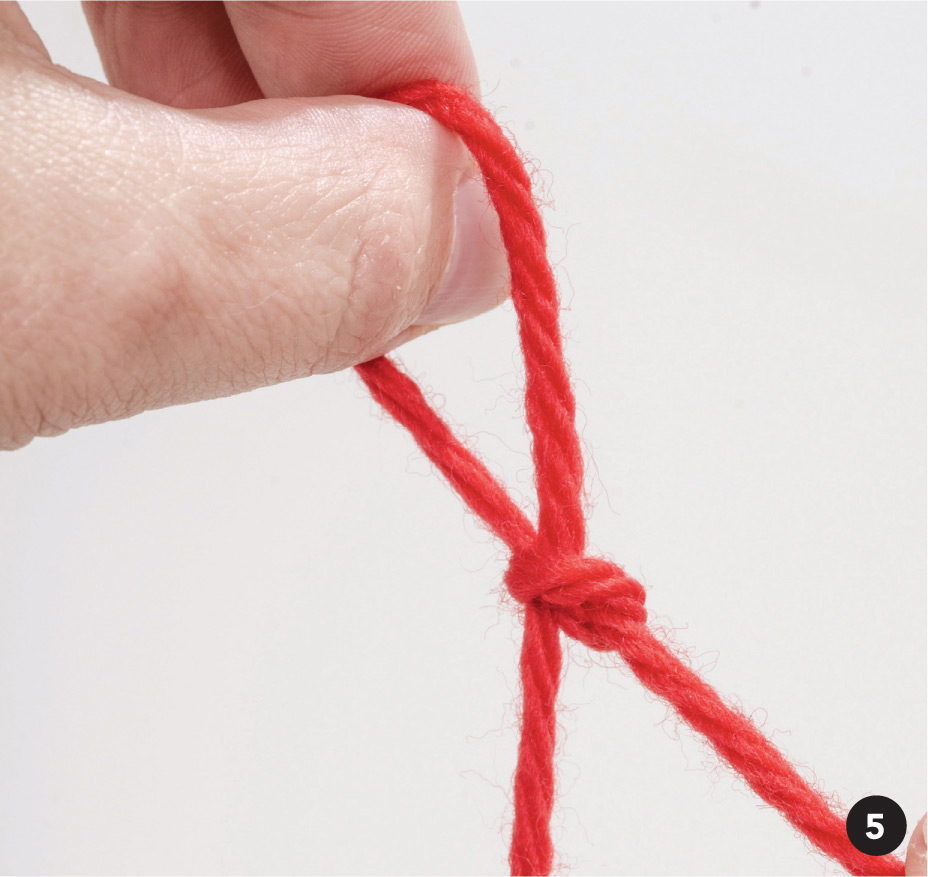Copyright 2015 Creative Publishing international
All rights reserved. No part of this work covered by the copyrights hereon may be reproduced or used in any form or by any meansgraphic, electronic, or mechanical, including photocopying, recording, or taping of information on storage and retrieval systemswithout the written permission of the publisher.
Due to differing conditions, materials, and skill levels, the publisher and various manufacturers disclaim any liability for unsatisfactory results or injury due to improper use of tools, materials, or information in this publication.
First published in the United States of America by
Creative Publishing international, a division of
Quarto Publishing Group USA Inc.
400 First Avenue North
Suite 400
Minneapolis, MN 55401
1-800-328-3895
www.creativepub.com
Visit www.Craftside.net for a behind-the-scenes peek at our crafty world!
Digital edition published in 2015
Digital edition: 978-1-62788-255-2
Softcover edition: 978-1-58923-869-5
10 9 8 7 6 5 4 3 2 1
Library of Congress Cataloging-in-Publication Data
available
Technical Editor: Karen Frisa
Copy Editor: Karen Levy
Design and Layout: Laura McFadden Design, Inc.
Illustrations of Kids: iStock
Technical Illustrations: Karen Frisa
Photographs: Patrick F. Smith
Complete Photo Guide to
Knitting
Mary Scott Huff

contents
Introduction
A knitter only appears to be knitting yarn. Also being knitted are winks, mischief, sighs, fragrant possibilities, wild dreams.
Dr. SunWolf
For my parents, who taught me how to speak, and my children, who taught me how to listen.
The art of knitting predates the written word. So while a book about how to do it will be helpful for modern learners, its not the whole story. The very best way to learn knitting is to do it together with friends and loved ones.
If you are an adult, either teaching or learning together with a child, this volume will take you step by step through the basics, and then beyond. If you are a child, either teaching or learning together with an adult, the process should be much the same.
In either case, using this book is simple and intuitive. You can choose to read through the process in the technique chapters and practice each step. Or you can pick a project you like, and follow the steps for making it. Each pattern will direct you to the information you need.
In addition to projects and techniques, yarn and knitted fabric, the pages that follow will tell you about tools that make knitting easier and more fun, and a few of the many great ways to connect with other knitters.
It is my great privilege to introduce new knitters of all ages to the delights that await you in the world of yarn and needles. The best thing about knitting is the people who do it. Welcome, and thank you for joining us!
I invite you to sit side by side, hold each others yarn, and discover the magic of playing with string. Together.
Now, let us all take a deep breath and forge on into the future; knitting at the ready.Elizabeth Zimmermann
 Knitting Mechanics
Knitting MechanicsIn order to knit, you only need needles, yarn, and persistence. The actual act of making stitches requires only two skills: knitting, and purling. Once you master these two stitches, theres nothing you cant knit, because everything you do will be some variation of the knit and the purl.
No matter what type of project you choose to knit, youll use these three steps: casting on, knitting (and/or purling), and binding off.
Cast On
In order to start knitting, youll need to get a foundation row of stitches onto your needles. This is called casting on. There are many different ways to cast on, but well start with two: the cable cast on and the long-tail cast on. Almost every kind of cast on begins with a slipknot.
Slipknot
Make a loop in the end of your yarn, about 6" (13 cm) from the end.
Put your two fingers through the loop.
Grasp the strand (the one coming from the yarn ball, not the tail).
Pull the strand through the loop.
Pull the loop to tighten the knot around it.
Place the slipknot on your needle. Pull on the working strand to snug the slipknot up to the needle.
Cable Cast On
The cable cast on is named for the way its lower edge looks when completekind of like a twisted rope or cable. Here are the steps to do it:
Make a slipknot and place it on your needle.


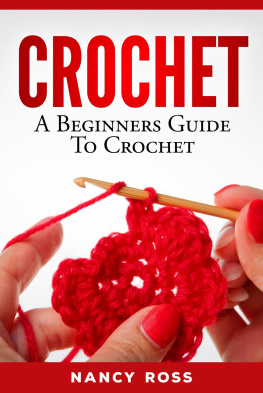

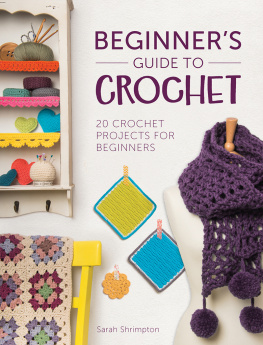
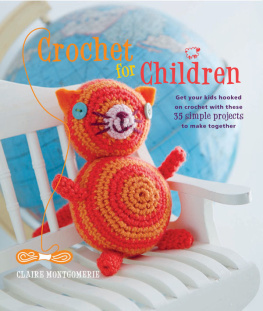

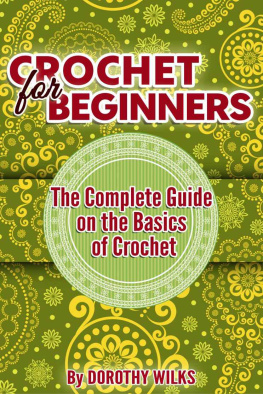






 Knitting Mechanics
Knitting Mechanics





